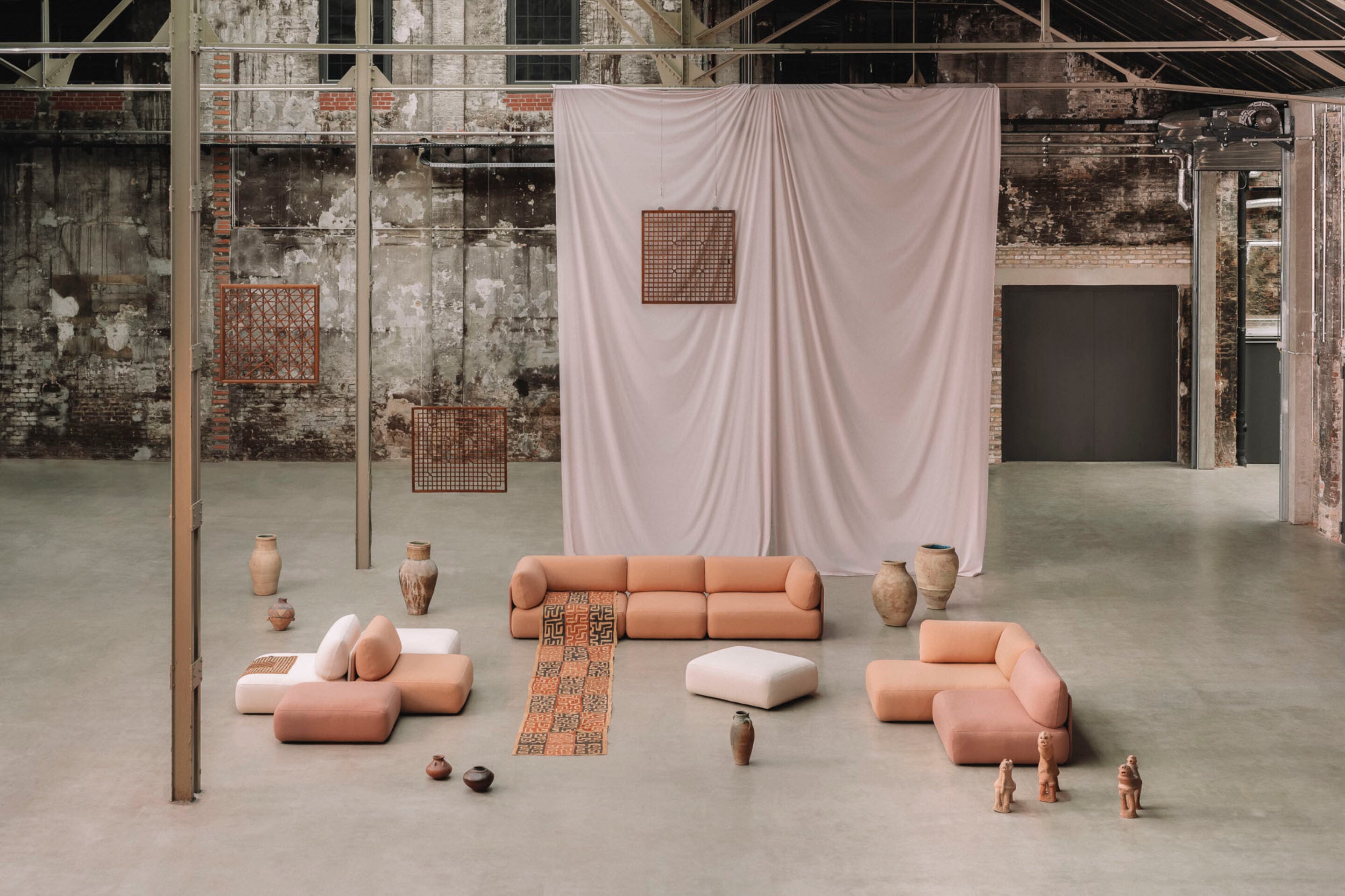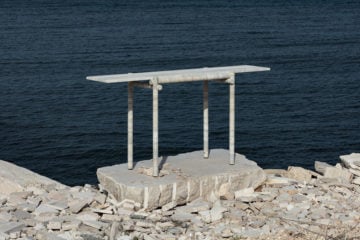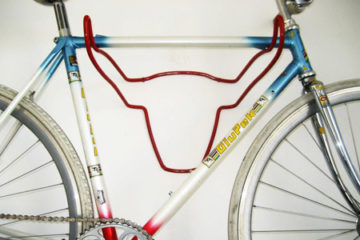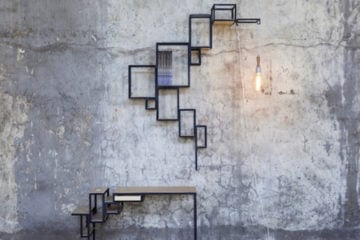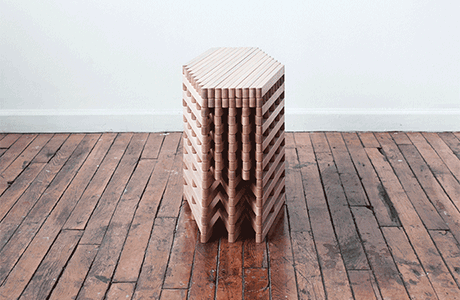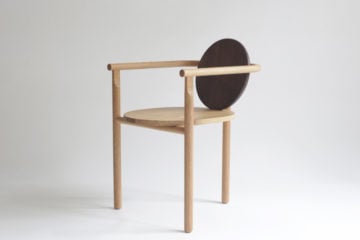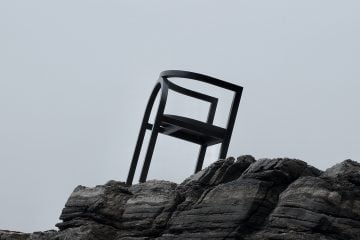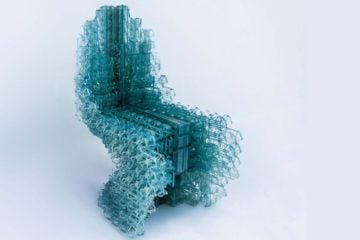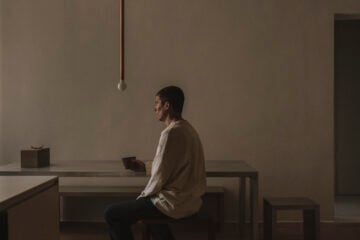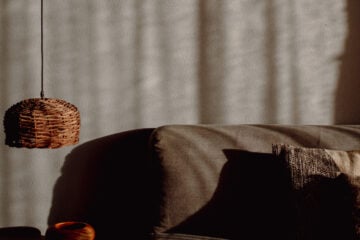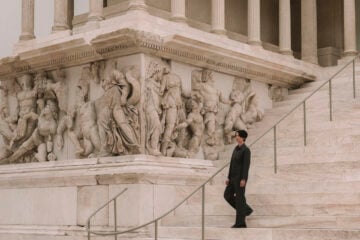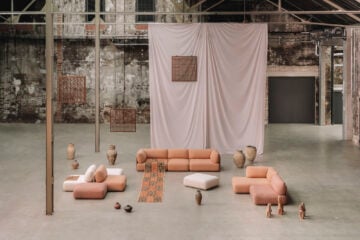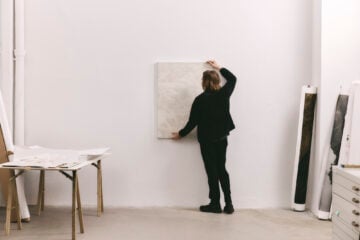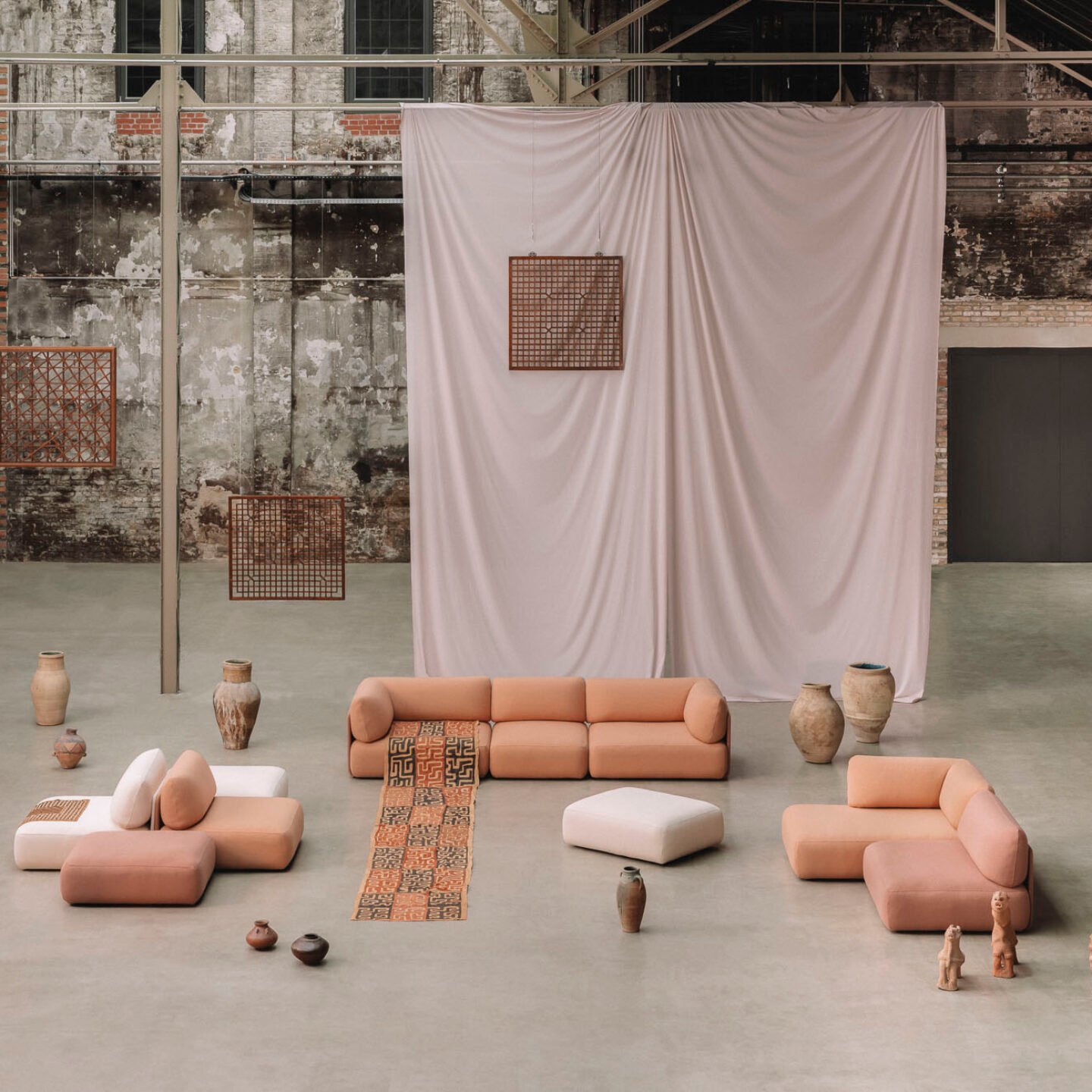
Torio by Noah: A Canvas for Contemporary Life
- Name
- Noah Living
- Images
- Clemens Poloczek
- Words
- Anna Dorothea Ker
A sofa holds the conversations, gatherings, and pauses that shape daily life. With the launch of Torio, Berlin furniture brand Noah reimagines the essential piece as an adaptable companion to the ways we live now—sculptural, evolving, and open-ended. Developed over several years, the modular sofa is available in a shade palette created with Raw Color. Its launch campaign was shaped in collaboration with gallerist and curator Anahita Sadighi, who led the creative direction. As captured through the lens of Clemens Poloczek, Torio distils Noah’s forward-thinking sensibility into a statement piece that connects the practical and the poetic—and leaves room to grow.
The Sofa as Centerpiece
What does a good sofa bring to life? It’s a question that Berlin-based furniture brand Noah takes seriously—not only in terms of aesthetics and comfort, but of human connection. A sofa becomes the backdrop to our most lived-in moments: reading over coffee, long afternoons spent doing nothing, late-night conversations, guests staying over impromptu.
“What happens when you sit down close to each other at a sofa—the intimacy a sofa can bring. In this world, it’s a very interesting topic. What does good design bring to life? What makes you feel at home?” posits Noah Creative Director Hannah-Vera Schröder. Torio was designed from the inside out, using a hierarchy of needs approach to distill the functional and emotional roles a sofa plays in a home. The resulting form is sculptural, adaptable, and full of possibility, embodying an architecture of ease.
For Berlin-based gallerist and curator Anahita Sadighi, who led the campaign’s creative direction, the sofa holds layered meaning. “I was inspired by the idea of the home as a sacred space, a place where emotional, cultural and aesthetic worlds converge,” she says. “I wanted the installation to feel like an offering: intimate, thoughtful and full of presence.”
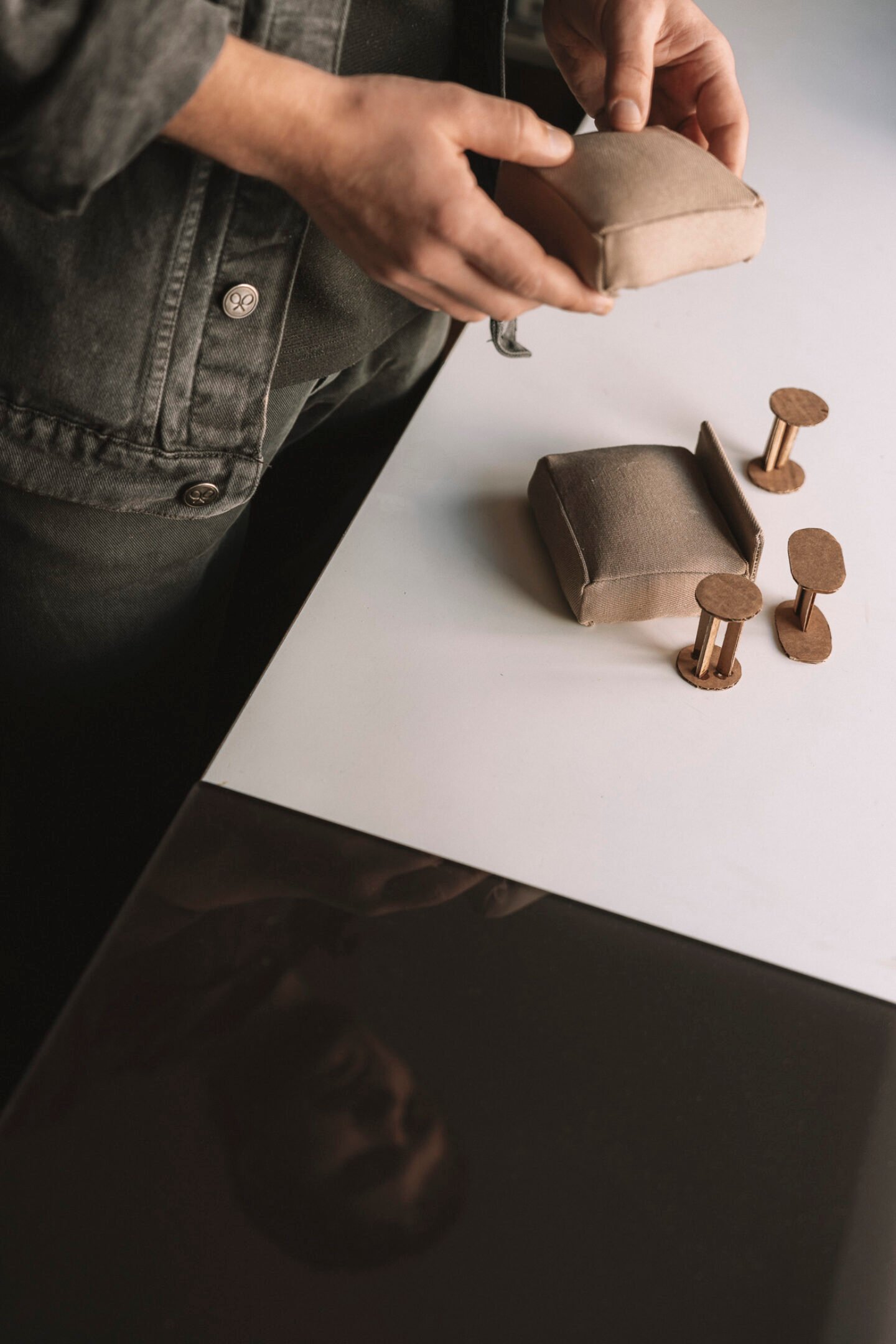
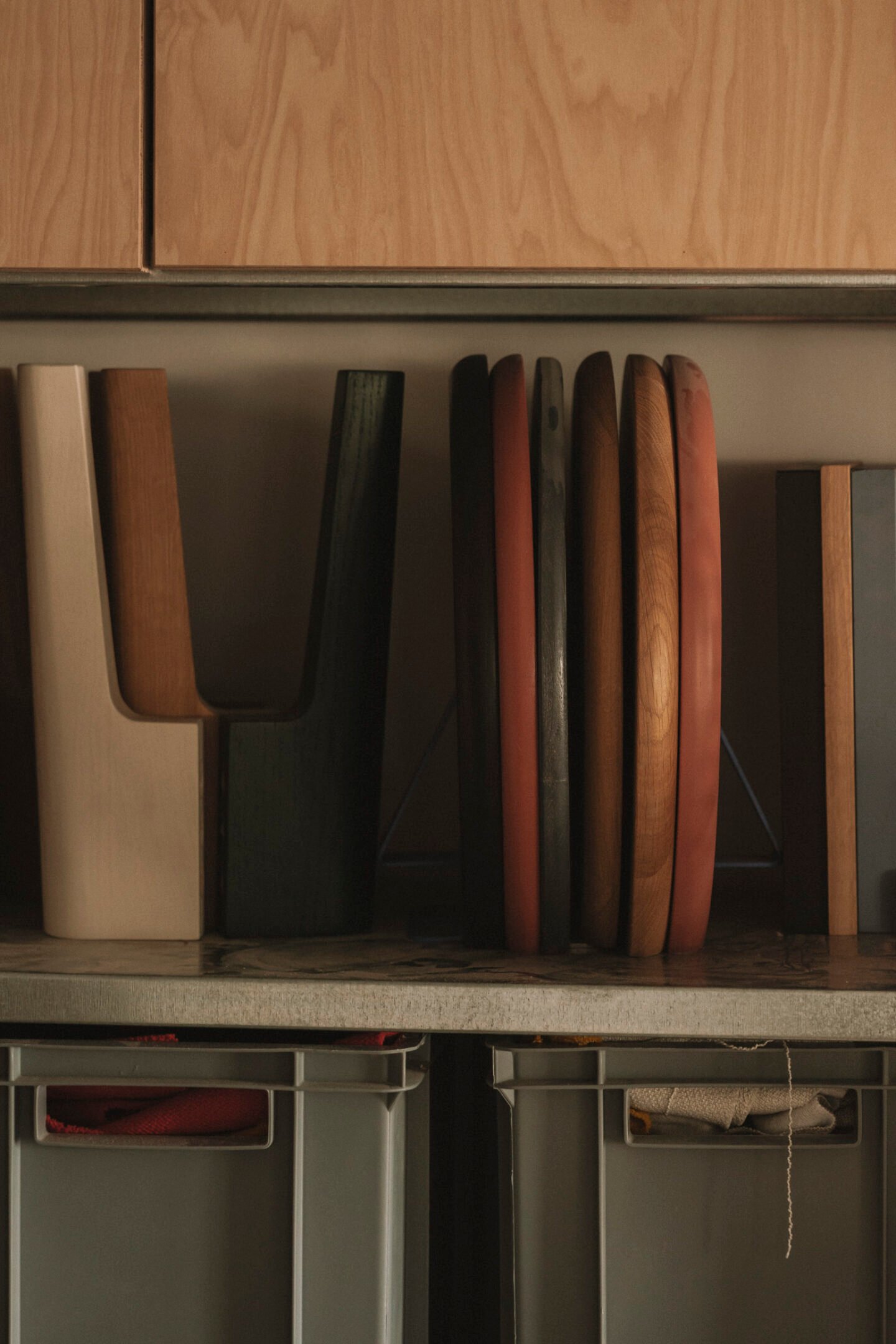
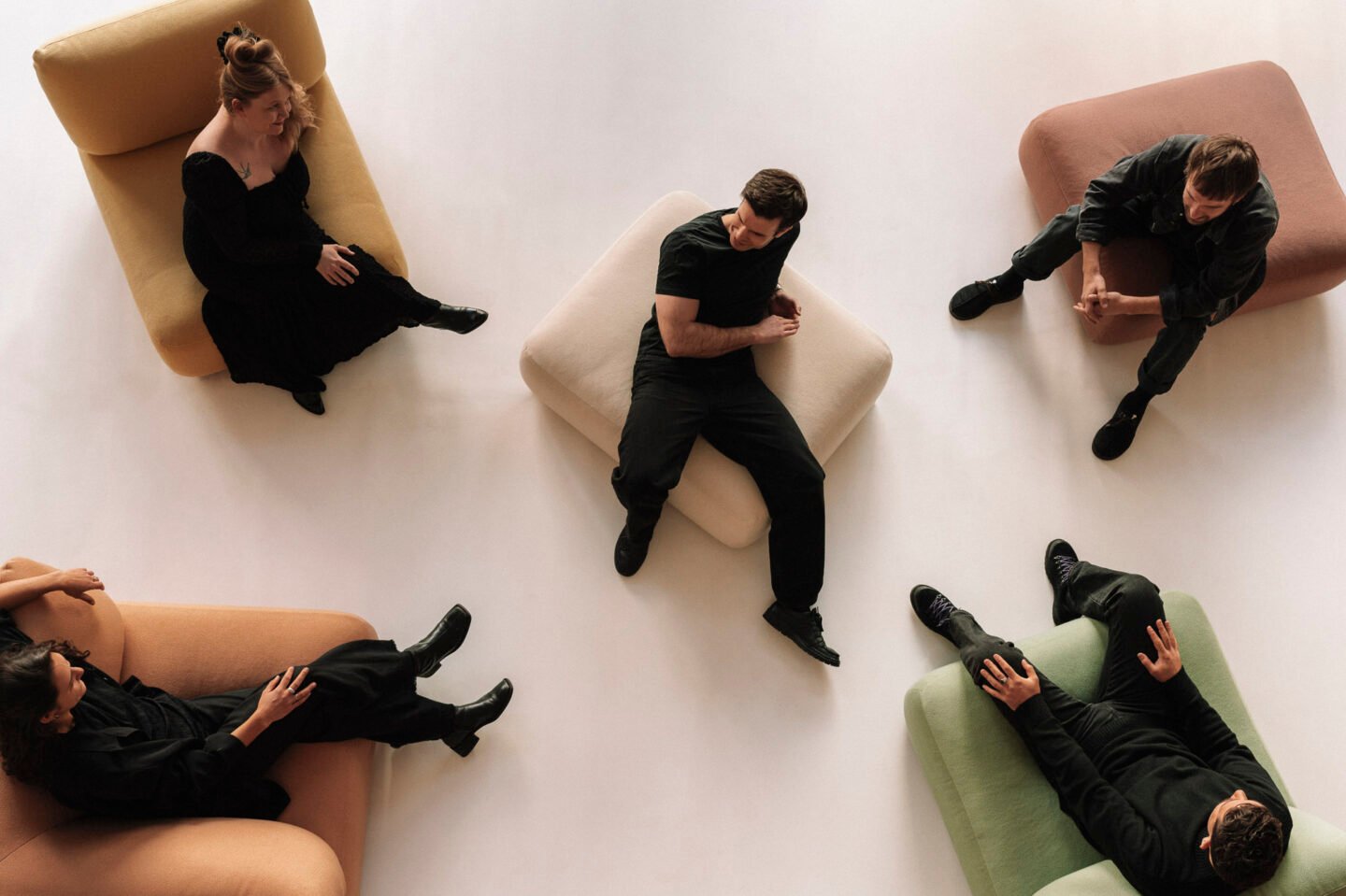
Modular, Playful, Evolving
With four module sizes and three seat depths, Torio supports a wide spectrum of spatial and social configurations. More than a structural feature, the modular design reflects a philosophy of openness. Whether forming a U-shape for communal gatherings or breaking into two lounge chairs for reading, Torio responds to the needs of the moment. “You can go from sofa to circle to daybed in seconds,” notes Dario Schröder, Noah Co-Founder and Managing Director. “That completely changes how a room feels, and how people relate inside it. It’s not static. It’s part of your life in real time.”
Designed for evolving living scenarios, Torio is reconfigurable, washable, and endlessly customizable. You can start with a two-seater, add a chaise, shift it into an island, or turn it into a guest bed. Even a single module can become a statement in a new room, shifting the tone of a space. “To have a sofa which is a lifelong companion is, I think, a quite interesting way,” says Felix Landwehr, Head of Product Design. “A sofa that adapts to your reality.”
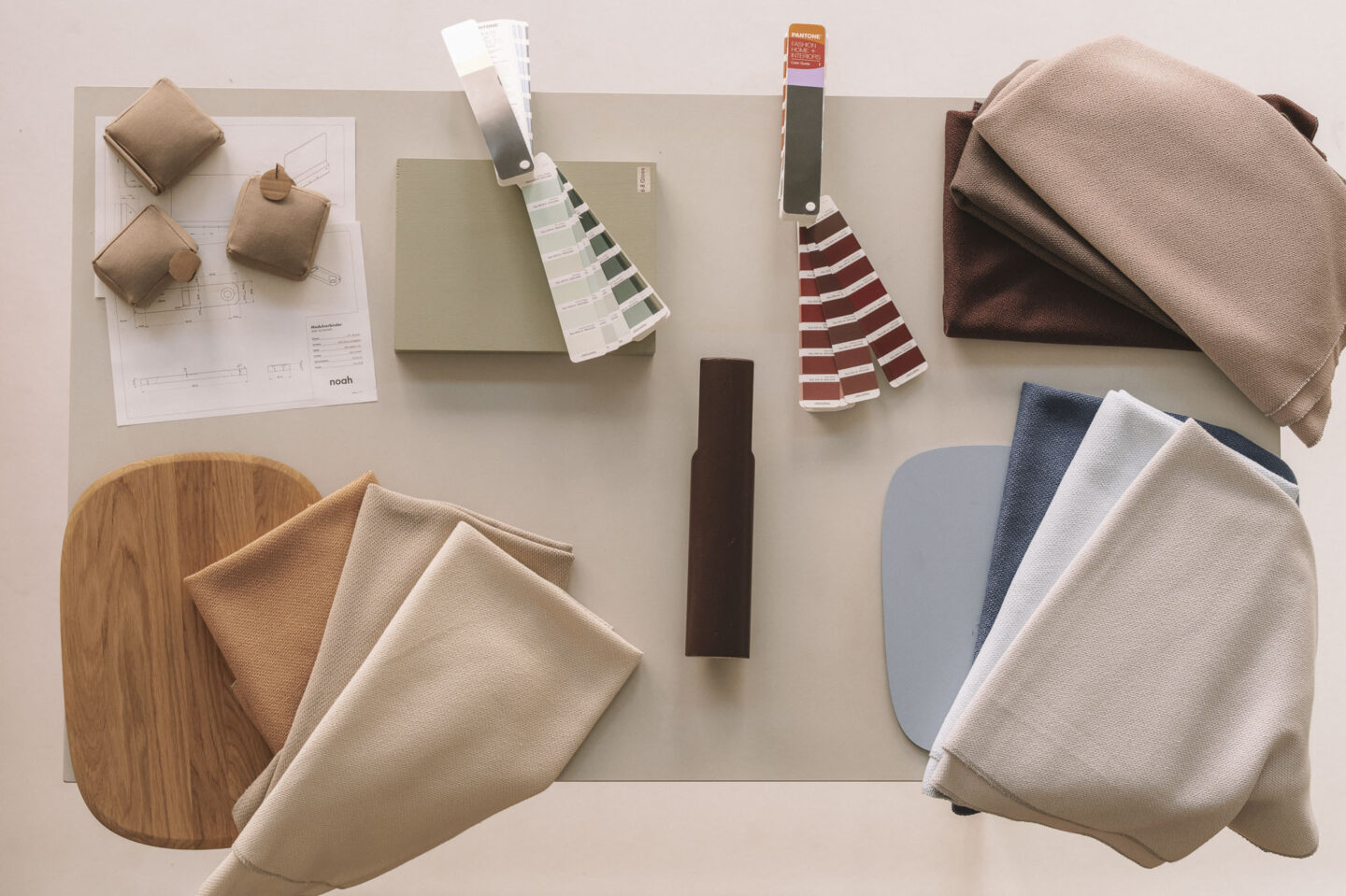
A Color System for Expression
Torio is also a canvas. In partnership with Daniera ter Haar and Christoph Brach of Eindhoven studio Raw Color, Noah developed a 24-shade palette grounded in tonal complexity and emotional nuance. Each module comprises three elements—backrest, seat, and cushion—allowing for limitless compositions and turning customization into chromatic storytelling.
“We always say, we have the colorist, the naturalist, and the minimalist as customers—and we want to speak to them all,” says Hannah. “That’s why the palette needed to be broad enough to allow freedom, but coherent enough to feel intentional.” Raw Color’s design approach, based in textile and dye experimentation, shaped a palette of 24 shades geared towards complement and contrast. It brings tactility and tone into dialogue, encouraging each customer to participate in the visual authorship of their space.
For the launch installation and campaign, Anahita expanded the Raw Color system into two curated narratives, which she describes as “visual languages, one rooted in emotion, the other in memory.” The first was built around Earth and Heaven, two paintings by Wenxin Zheng, with soft rosé and warm neutrals for grounding, and deep greens and golden hues for transcendence.
The second emerged through her selection of objects – ancient ceramics, handwoven textiles, Chinese architectural fragments, and garments by designer Christian Wijnants – expressed in earthy tones of clay, sand, stone and wood. “Color is not just what you see,” she says. It’s what holds a space together emotionally, spiritually and materially.”
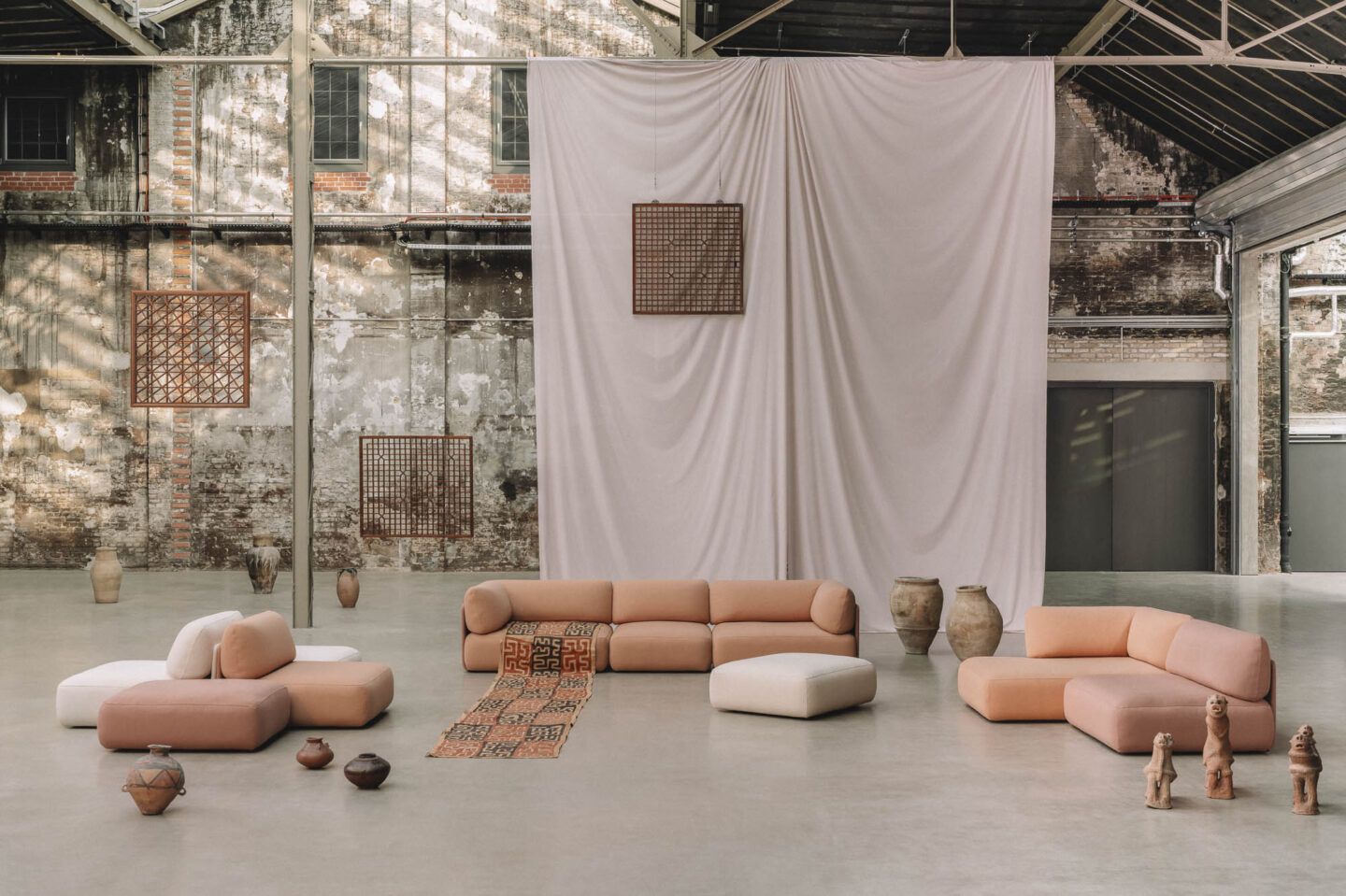

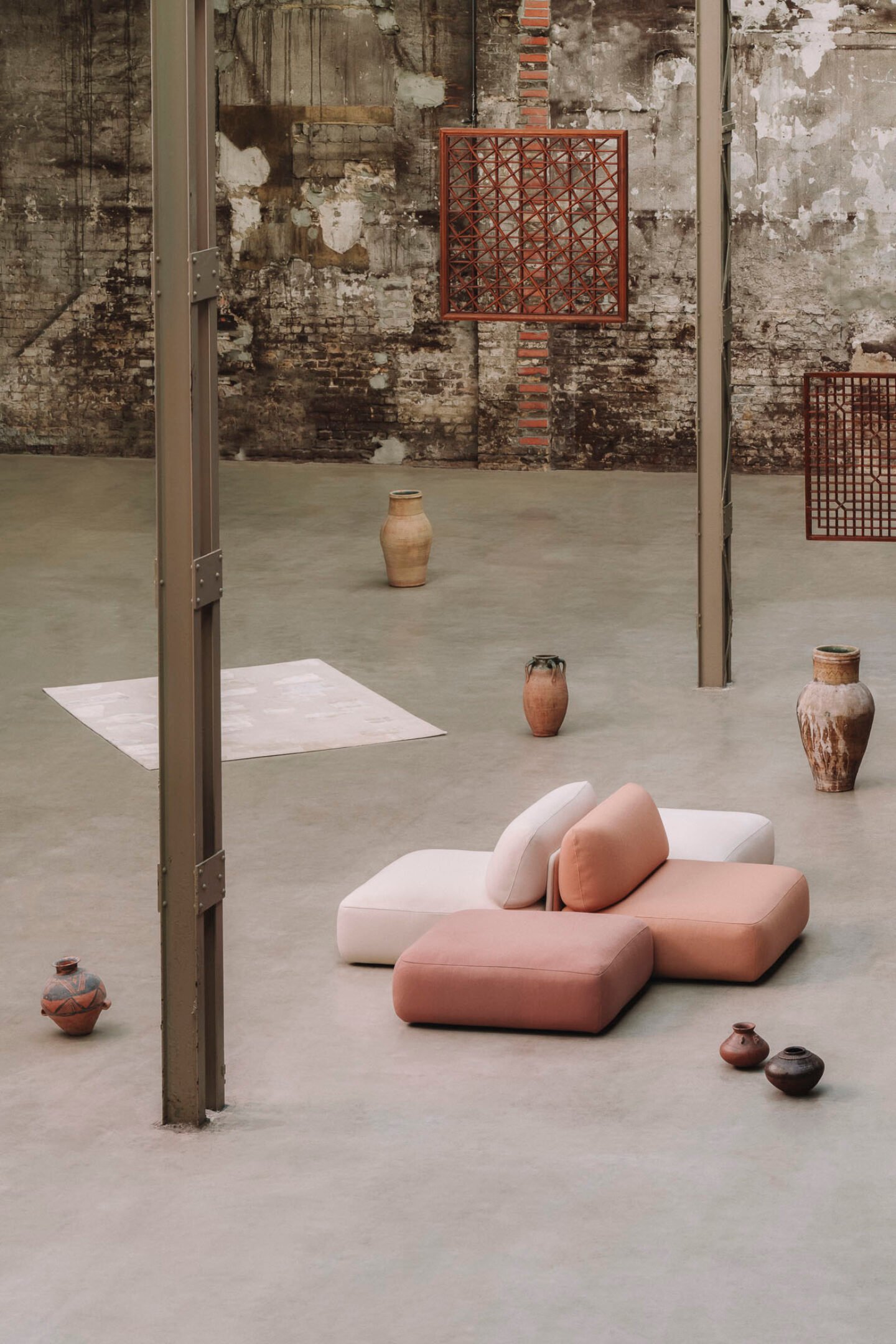
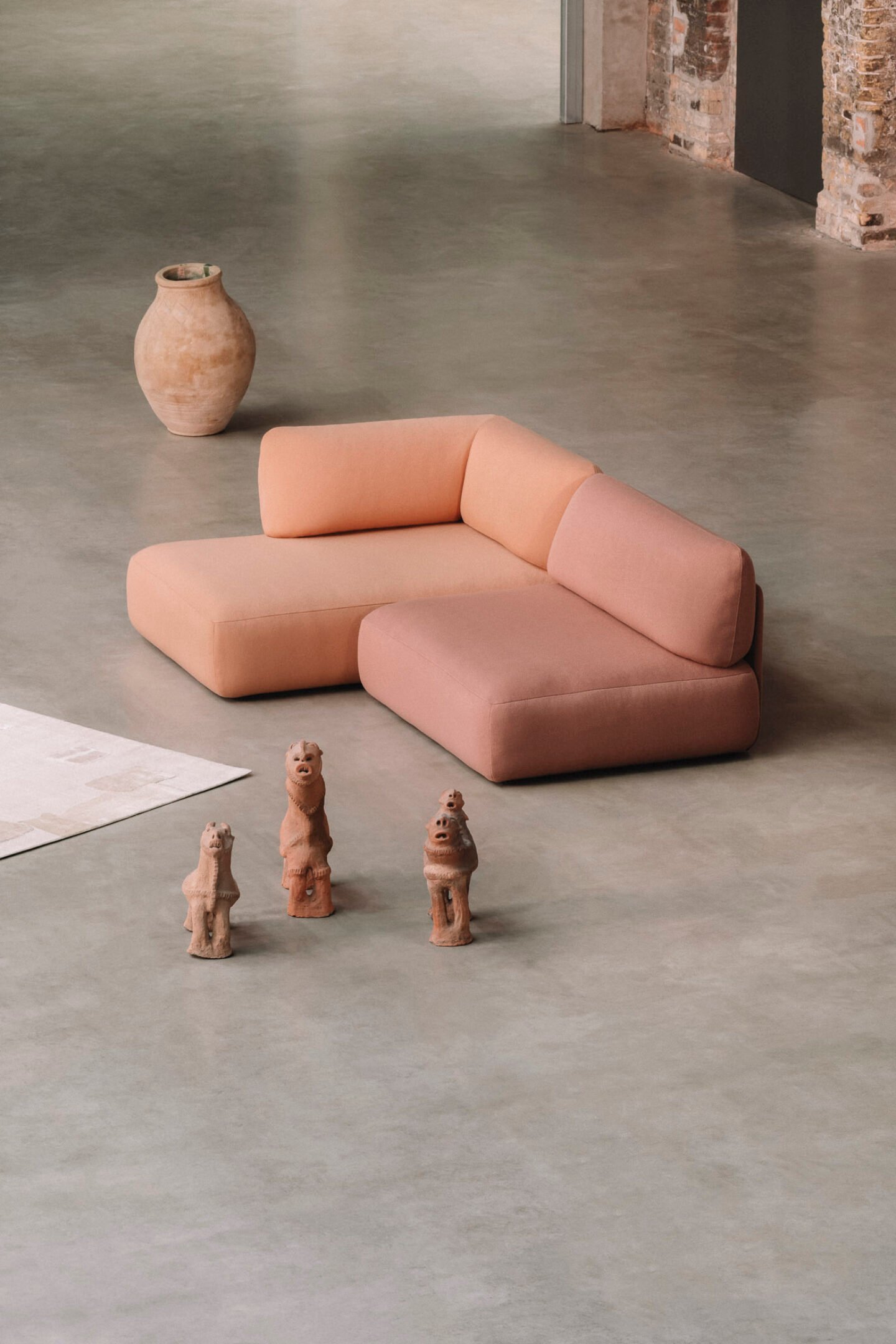
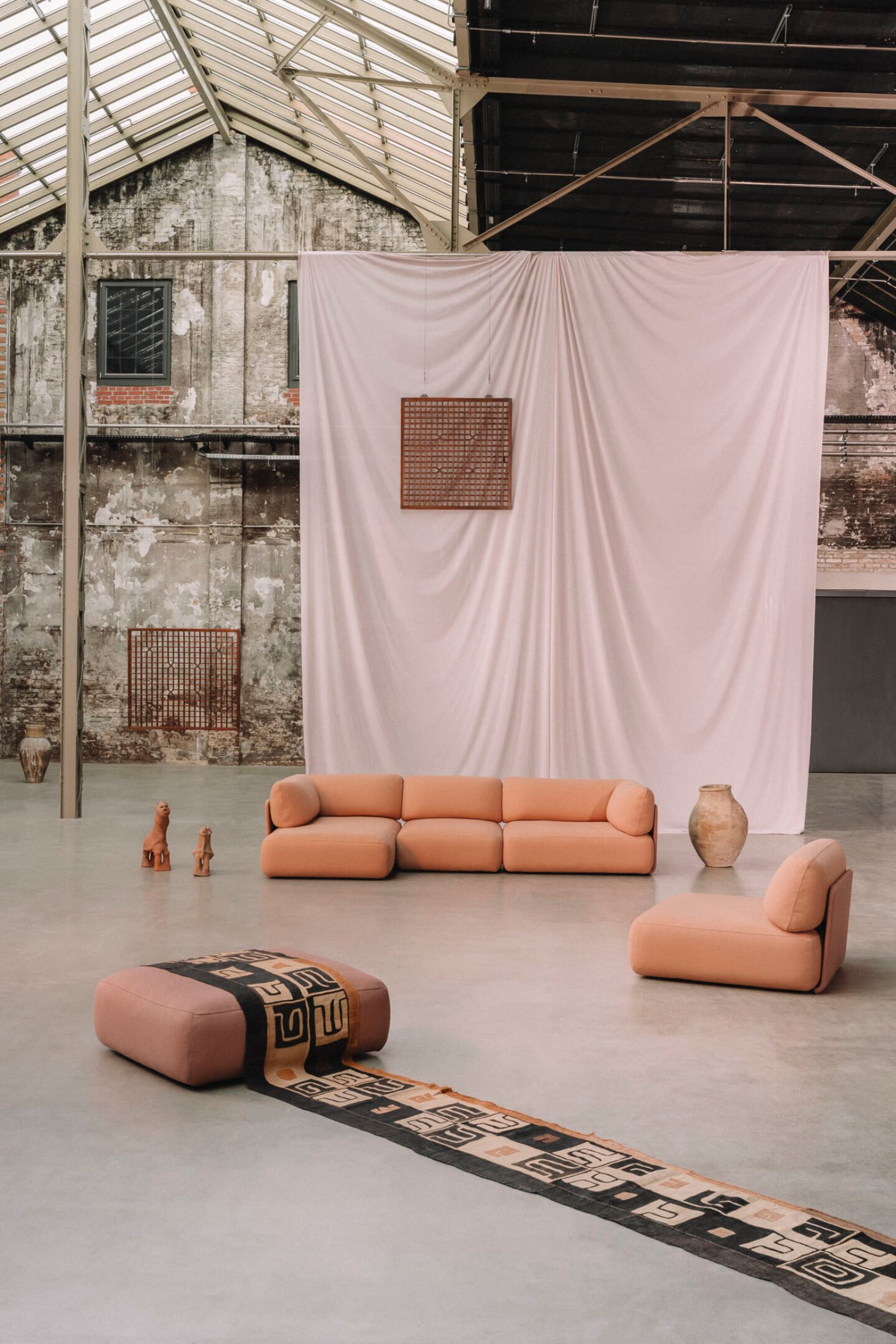
A Campaign Framed by Art
The campaign for Torio was shaped through close creative exchange. In the vast, raw halls of Wilhelm Hallen – a former iron foundry in Berlin’s northern reaches – Anahita Sadighi created an atmosphere of tension and poise, captured through the lens of Clemens Poloczek. The visuals embraced contrast: softness against steel, color framed by concrete, presence emerging through restraint.
Anahita’s curation – including a series of objects drawn from her own collection – lent the space a sense of ceremony. “My creative direction was less about styling, and more about composing presence,” she notes. “Every element in the room was chosen not to impress, but to invite.”
The result is a campaign that evokes a way of seeing. “The shoot blurred the lines between art and design,” says René Martens, Noah Co-Founder and Managing Director. “The sofa wasn’t separate from the artwork – it was part of the whole expression.”
“The creativity of our customers brings our furniture to life, and the same goes for artists and collaborators,” adds Dario Schröder. “The campaign was about giving that creativity a larger canvas. We wanted to go beyond the typical sofa image and create a setting that feels expansive, unexpected.”
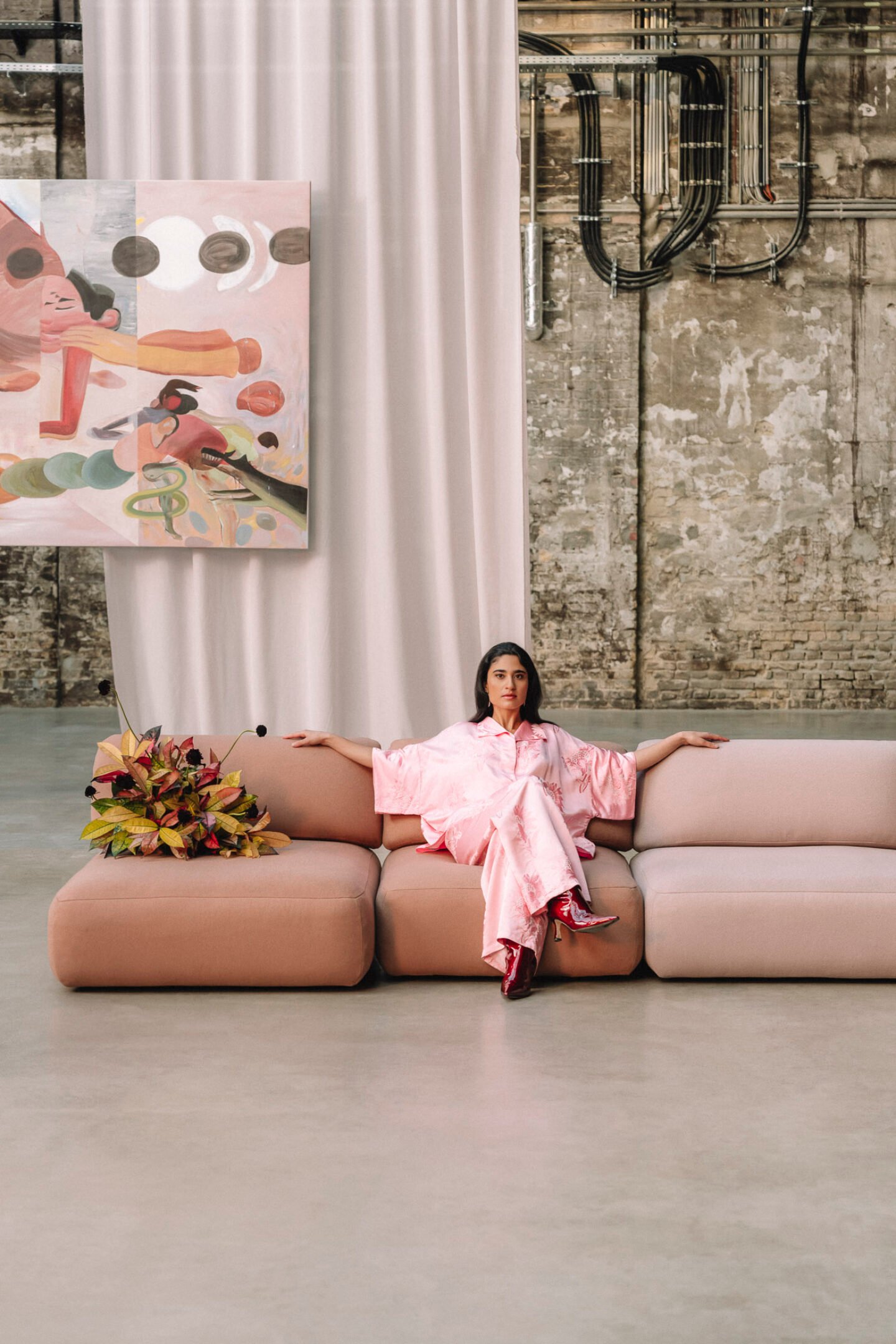
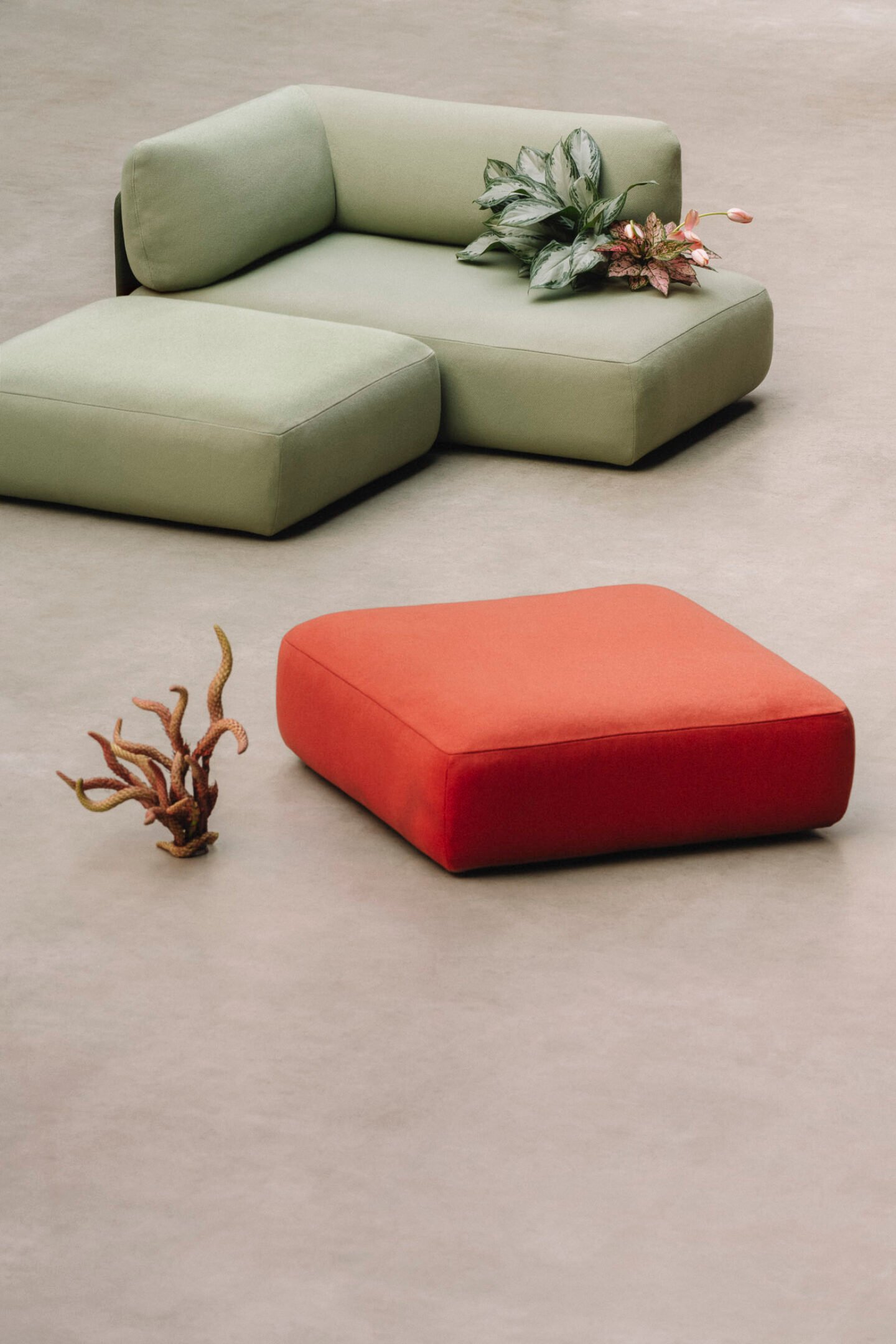
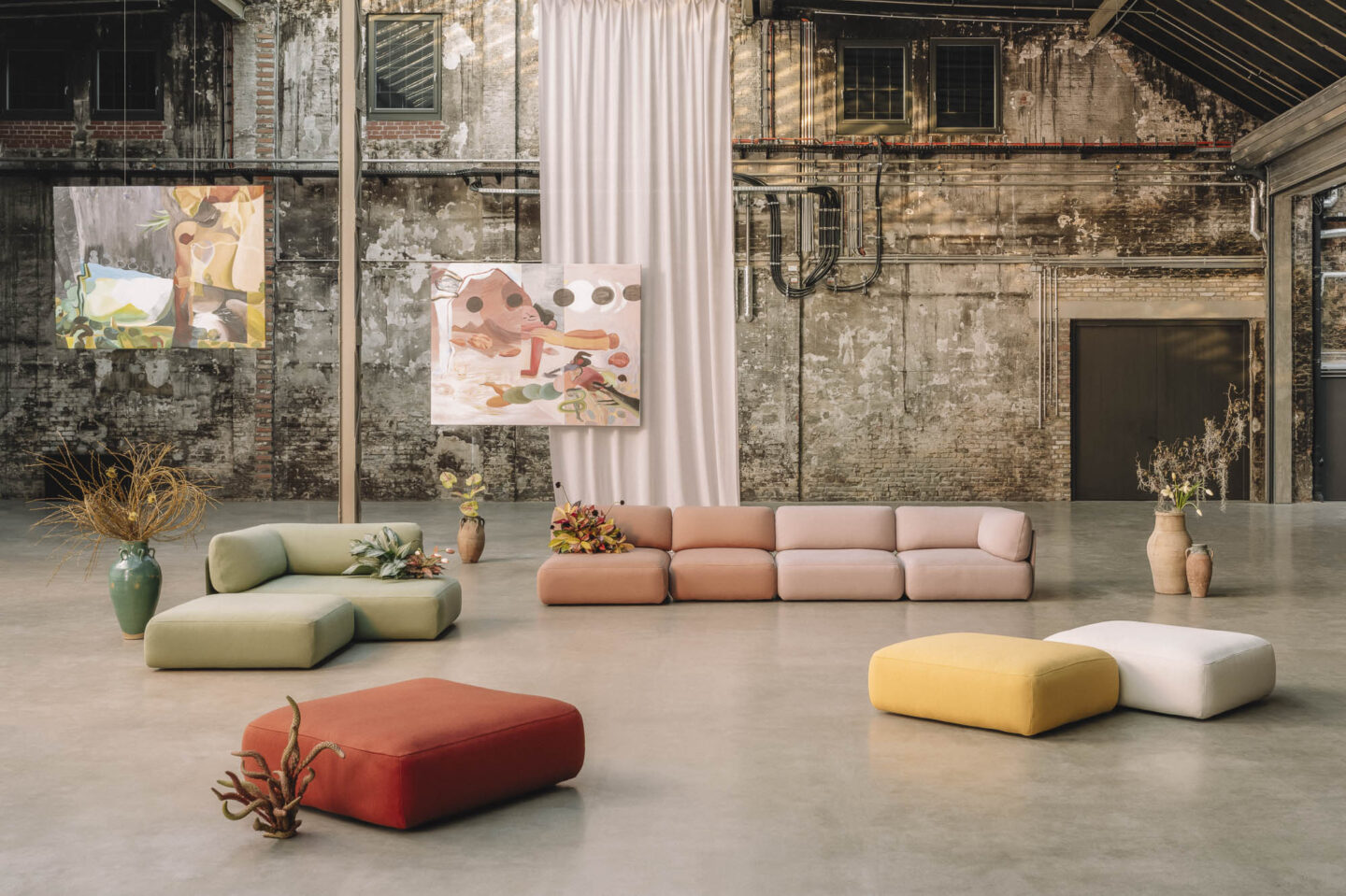
Circularity Without Compromise
Since its founding in 2020, Noah has been committed to a model of production that emphasizes repairability, flexibility, and local sourcing. Torio embodies that ethos, and pushes it further with modular parts that can be easily replaced, repaired, or reimagined. The ambition is to create not just furniture, but systems of care. “Ten years from now, if something breaks, you replace the part—not the whole thing,” notes René. “That’s how it should be.”
Manufactured in Germany with family-owned partners renowned for generations of technical expertise, every piece of Torio can be ordered individually, replaced, or reconfigured. With a four-week lead time for custom setups, the model also proves that sustainability doesn’t have to come at the expense of speed. It’s furniture made to stay—and to stay relevant.
Built for Our Shifting Lives
Torio represents a shift in how we relate to the objects in our homes—less arrangement, more participants in our daily lives. The focus is on adaptability, not styling; on dwelling, not decorating.
“In a world where everything is being optimized, we want to create moments of just being. Sitting. Talking. Resting. Being with your loved ones,” says Cille Veje Vedersø, Head of Communications. “That’s well-being.” Torio invites this pause. It invites possibility. And it invites us to reimagine what a sofa can be: a seat, a story, a setting; and rather than just somewhere to recline on, somewhere to be.
For Anahita, this sensibility defines the project. “This wasn’t about creating an image; it was about composing a state of mind. A space that breathes, that listens, that reflects.” Her vision: to invite people into a setting that feels both grounded and poetic, shaped by contrast and care. “With this campaign, I wanted to show how design can carry culture, and how storytelling through space can become a form of quiet resistance.”
Images © Clemens Poloczek | Text: Anna Dorothea Ker | Gaffer: Massimiliano Corteselli
